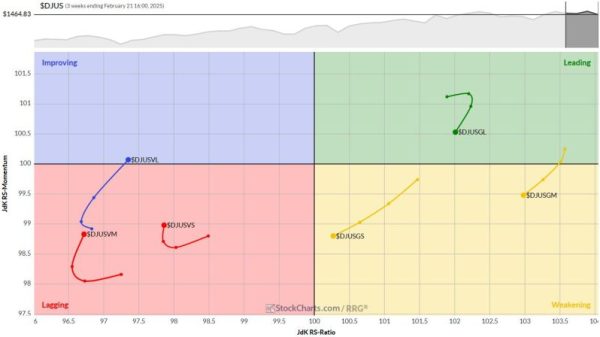Janet Protasiewicz was sworn in as a justice on the Wisconsin Supreme Court at the beginning of August. At the beginning of September, Republican legislators began pushing to impeach her.
The impetus is not anything Protasiewicz has done in her brief tenure; she’d have been hard-pressed to have crossed too many lines given that she hasn’t heard a case yet. Instead, one ostensible motivation for the move is alleged impropriety stemming from Protasiewicz’s likely disinclination to recuse herself from lawsuits she’d discussed on the campaign trail.
Protasiewicz’s election this year gave liberals a one-vote majority on the bench, allowing Democrats in the state a viable path toward undoing heavily gerrymandered legislative districts in the state. Two lawsuits challenging the maps were brought forward for the court’s consideration. While seeking election to the court, Protasiewicz criticized the district maps — the rationale for recusal cited by her critics.
Allowing Protasiewicz to vote on the maps would probably mean that the boundaries will be redrawn, weakening the disproportionate power Republicans have wielded in the state legislature for years. So they’re using that disproportionate power in consideration of impeachment and removal.
The best way to summarize the imbalance at play in Wisconsin’s legislative elections is to consider the results of Assembly contests in 2016 and 2018.
Every two years, all 99 Assembly seats are put in front of voters. In 2016, Republicans won 64 of those seats, 65 percent of the total, while winning only 52 percent of the votes cast in Assembly races across the state. Democrats won 35 seats.
Two years later, in the national Democratic wave election, Democratic Assembly candidates won 53 percent of the votes cast — a six-point margin of victory. Perhaps you might assume, then, that they’d have landed somewhere around 64 seats, given how close that figure is to the Republican vote total in 2016. But the Democrats did not win 64 seats in the Assembly. They won only 36 — one more than when the Republican Assembly candidates beat Democrats by six points statewide in 2016.
In the subsequent elections, the results have been remarkably consistent: Republicans have won at least 62 percent of available seats while never topping 54 percent of the statewide vote. On the Senate side, where there are 33 seats contested every four years, there has been a similar imbalance. In 2016, Democrats won more than half the votes cast in Senate races, but Republicans won 56 percent of the seats.
Should an effort to remove Protasiewicz go forward, the process works a bit like impeachment at the national level. If at least half the Assembly votes to impeach, the decision for removal goes to the Senate, where a two-thirds majority would have to agree to do so.
As it turns out, Wisconsin Republicans control precisely two-thirds of the state Senate — in a state that was essentially tied in each of the last two presidential elections.
How do Republicans control two-thirds of the Senate? Well, in the past two cycles, there were 10 races that were uncontested, seven of which were won by Republicans. (Establishing districts where there’s no real threat to incumbents is, of course, one aim of gerrymandering.) In the contested races in 2020 and 2022, Republicans won 51 percent of the vote — and 15 of 23 seats. That’s about 65 percent of the seats.
Rectifying this disconnect between popular support and political power necessitates changing the boundaries — which means hoping the Republican majority will choose to dilute its own power, or asking the state Supreme Court to intervene. Until Protasiewicz was elected, that latter path required the elected conservative majority on the court to decide to rule against Republican legislators. But then she was elected.
Luckily for Wisconsin Republicans, they have a tool at their disposal to protect their disproportionate power: the disproportionate power they granted themselves.





























